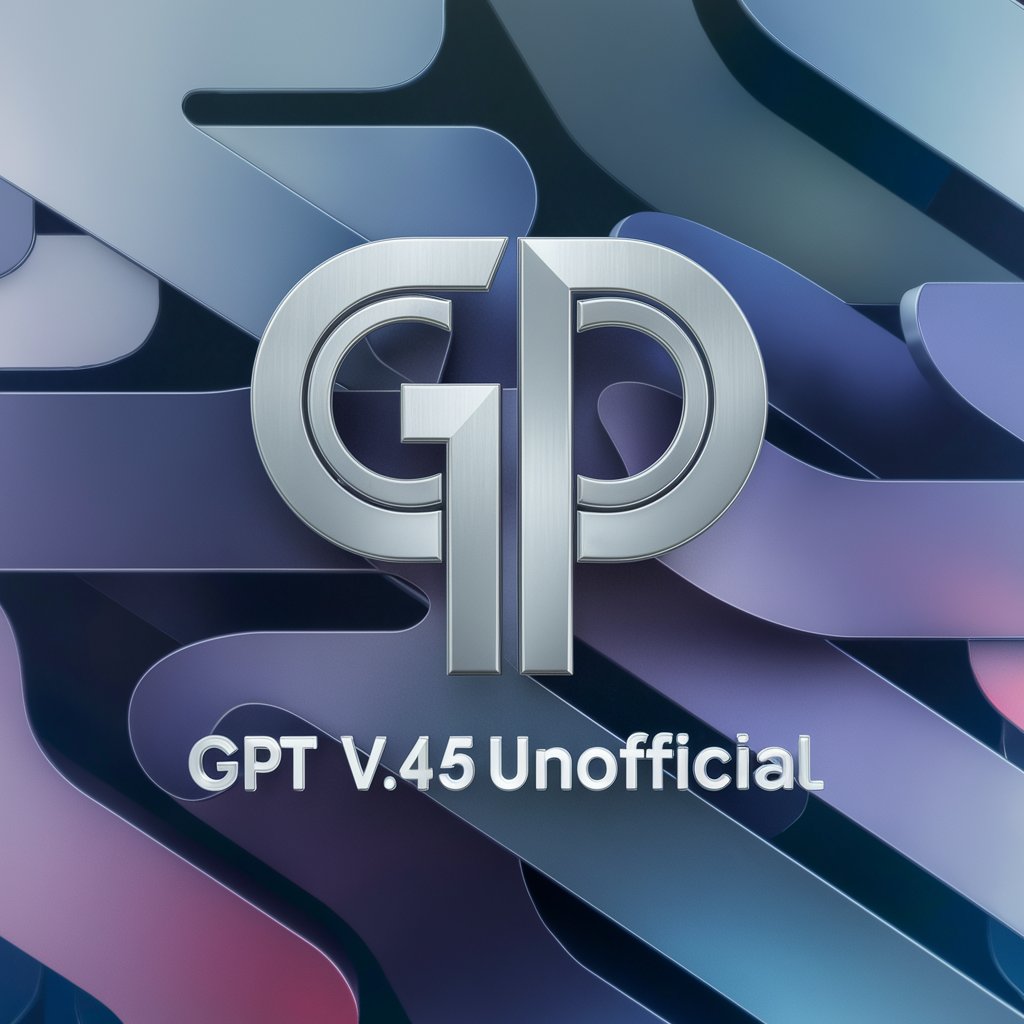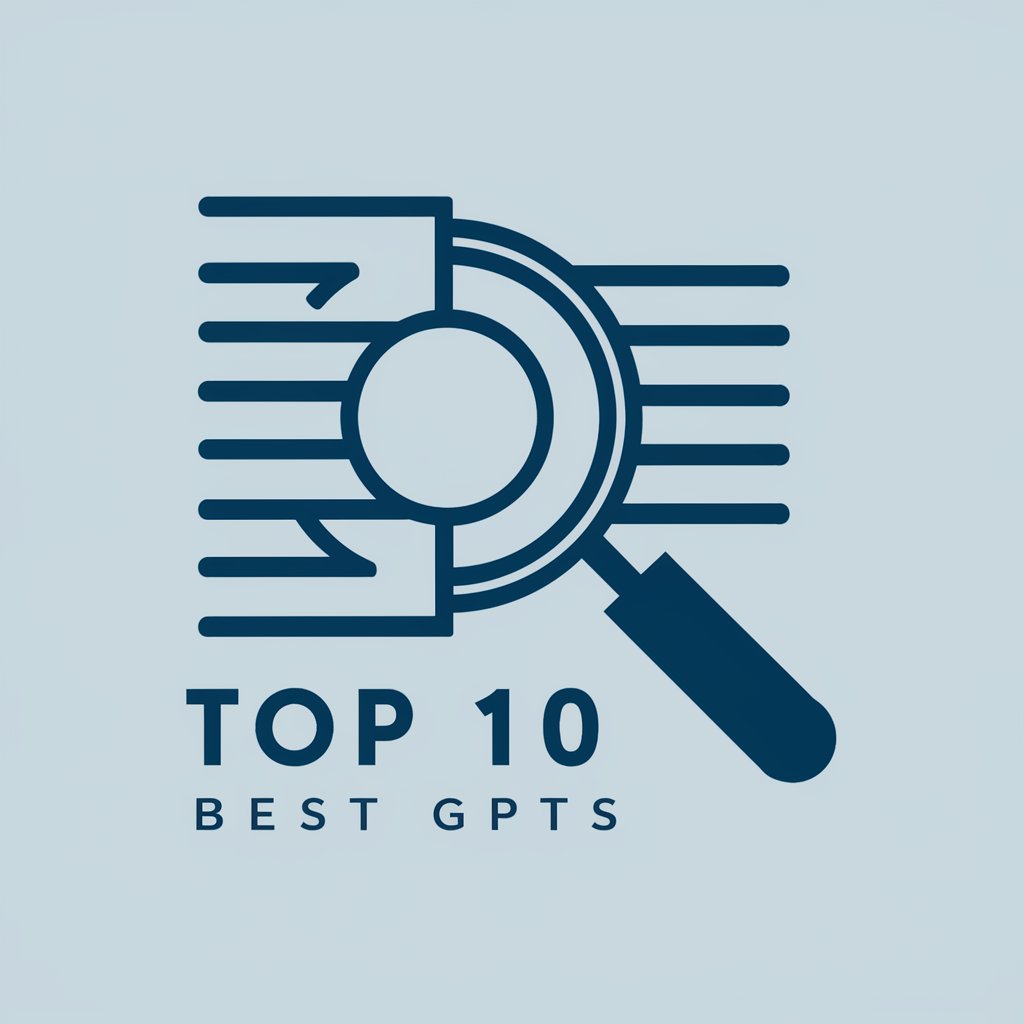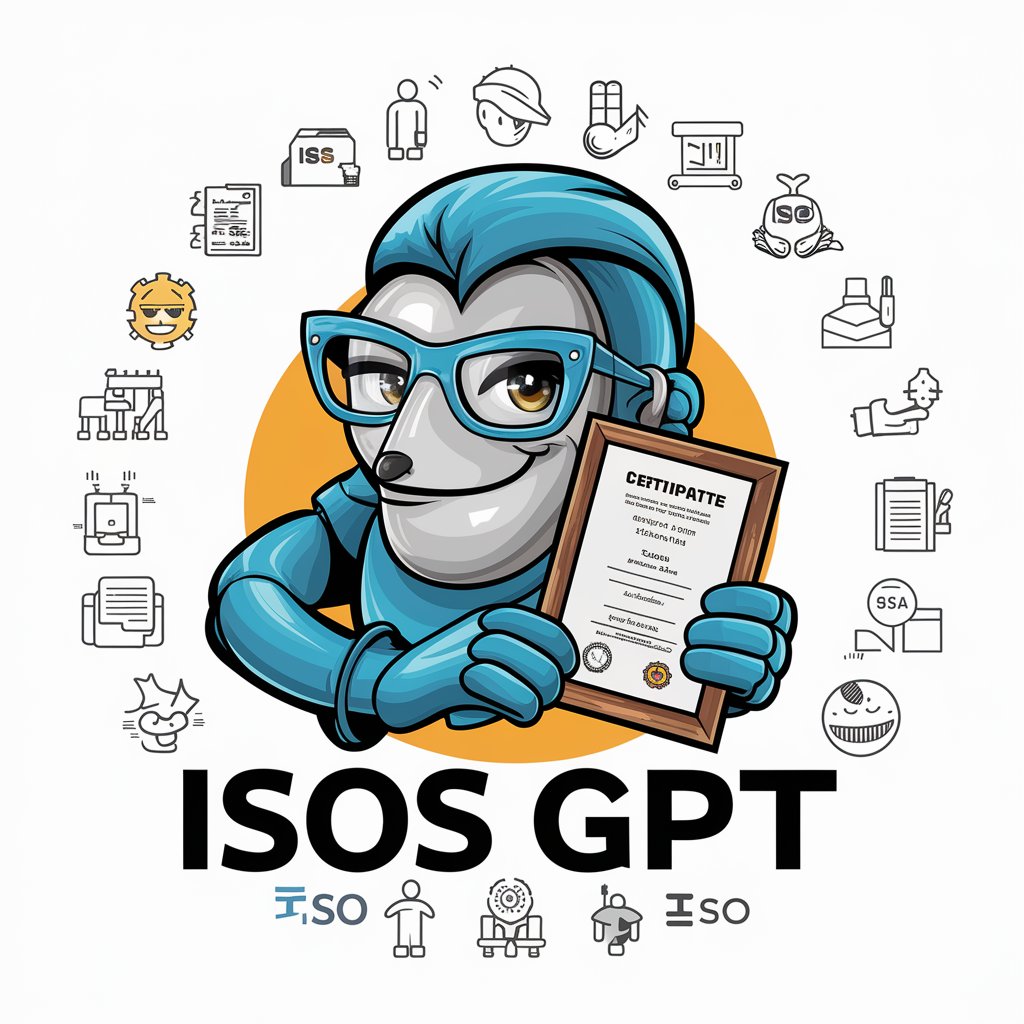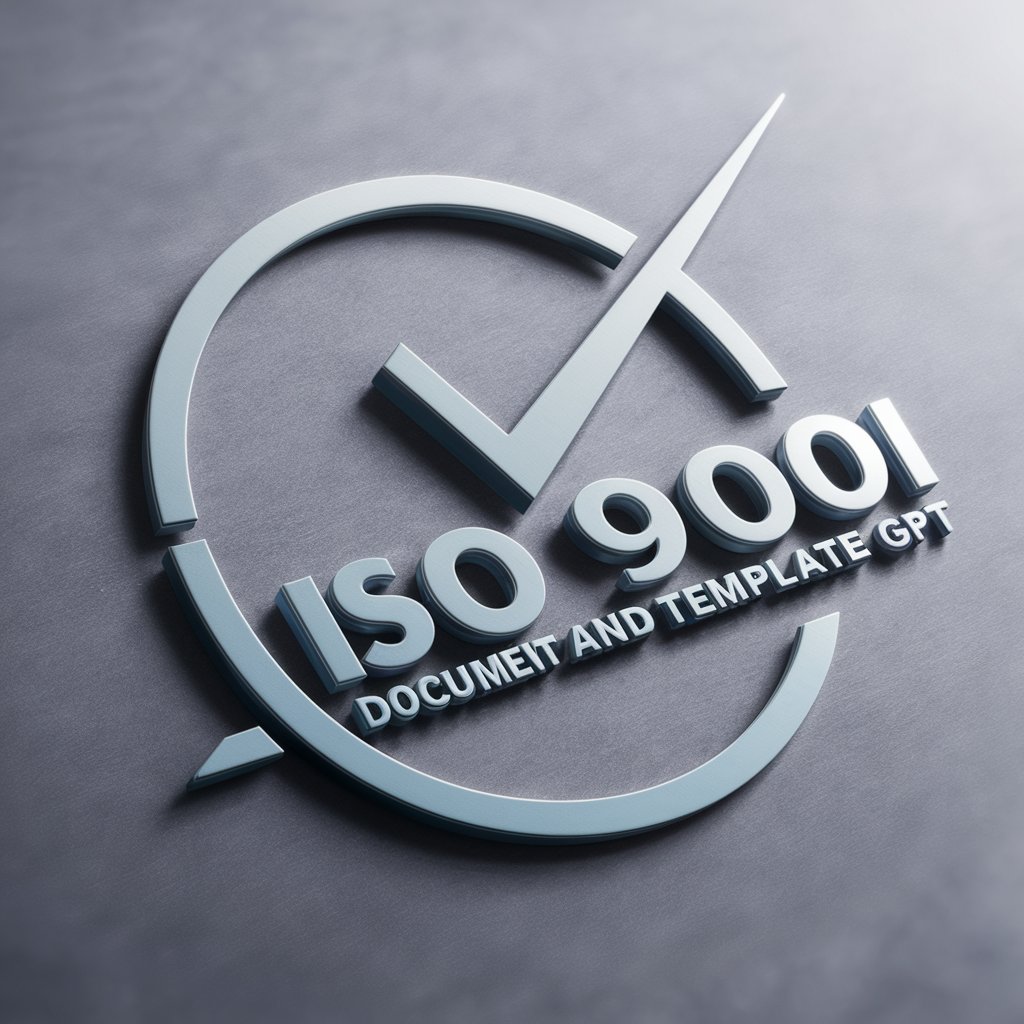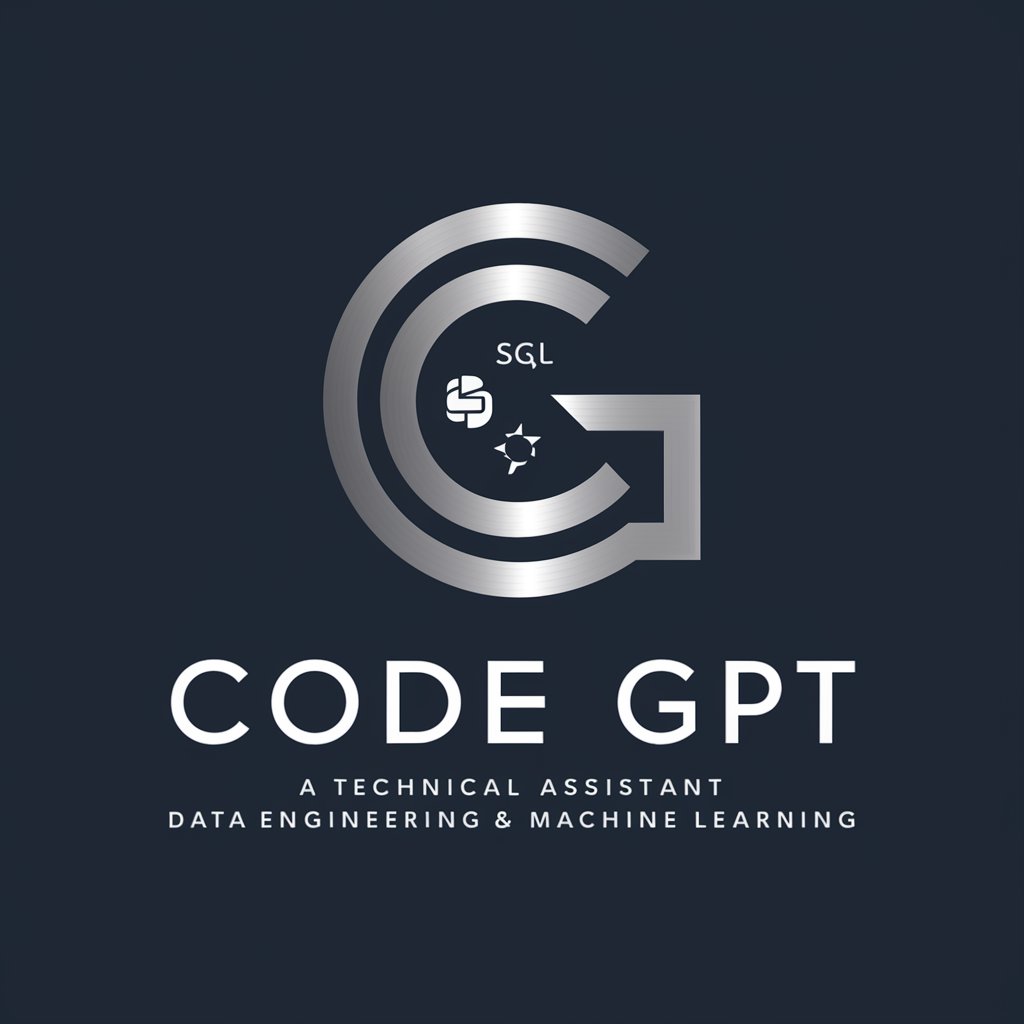
ISO, IEC, JTC1 Directives GPT - Expert Standardization Guidance
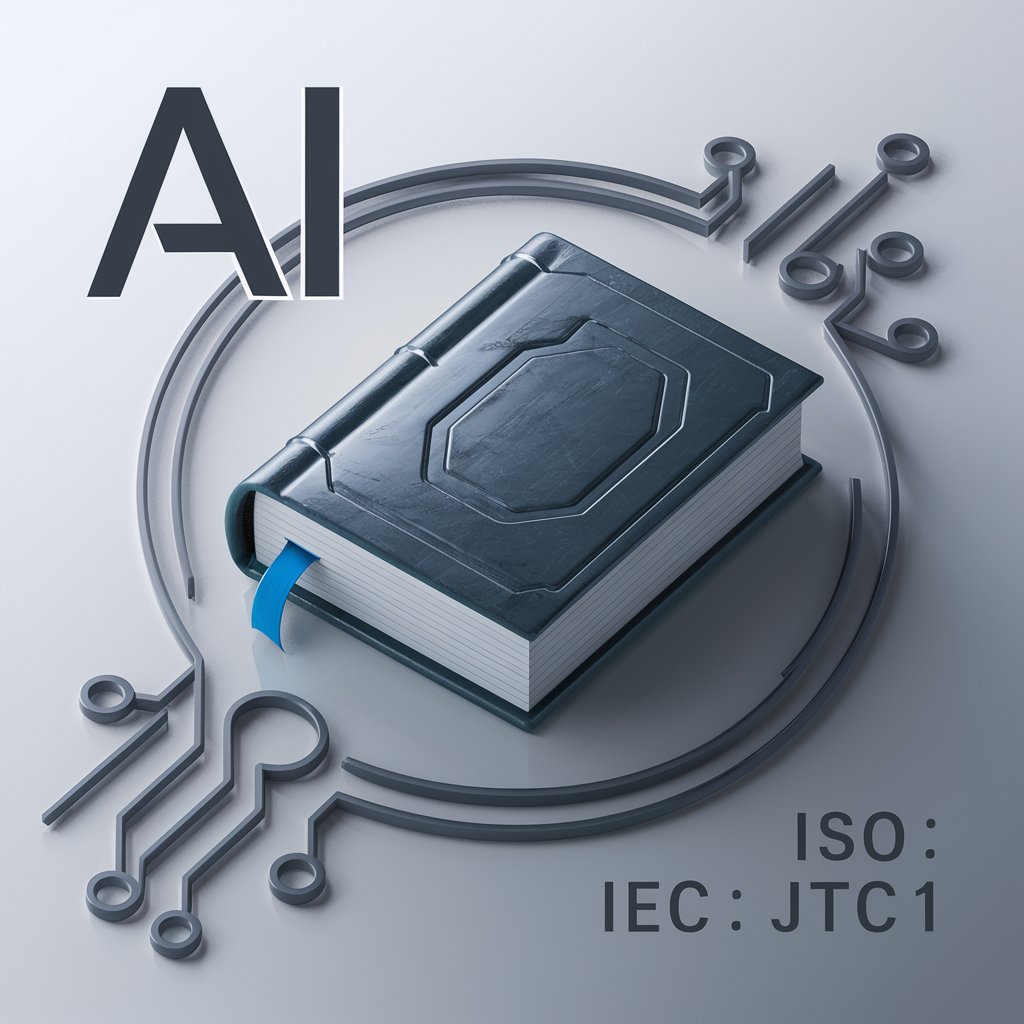
Welcome to your ISO, IEC, and JTC1 expert.
Streamlining Standardization with AI Expertise
Explain the key principles of ISO/IEC directives.
How do ISO standards ensure clarity and precision?
What are the steps for drafting an ISO document?
Describe the ISO/IEC procedures for standardization.
Get Embed Code
Introduction to ISO, IEC, JTC1 Directives GPT
ISO, IEC, JTC1 Directives GPT is a specialized AI model designed to provide expert guidance on the regulations and procedures of standardization bodies like ISO (International Organization for Standardization), IEC (International Electrotechnical Commission), and JTC1 (Joint Technical Committee 1). It is tailored to assist users in comprehending and navigating the complex procedural regulations for standardization, ensuring adherence to guidelines and requirements. For example, a user drafting an ISO standard on cybersecurity might use this GPT to ensure their draft aligns with ISO/IEC Directives Part 2, ensuring clarity, precision, and unambiguous language. Powered by ChatGPT-4o。

Main Functions of ISO, IEC, JTC1 Directives GPT
Guidance on Drafting Standards
Example
Advising on the correct application of Plain English in ISO documents, as per ISO House Style guidelines.
Scenario
A technical writer is preparing an ISO standard on environmental management and uses the GPT to ensure the text is clear and concise, adhering to the 'Plain English' guideline.
Clarification of Technical Terms
Example
Explaining specific jargon used in the ISO/IEC Directives, like 'normative elements' or 'informative references'.
Scenario
A member of a technical committee is unsure about the use of normative references in a draft standard. The GPT provides clarification, helping them to correctly reference essential documents.
Assistance in Document Formatting
Example
Guidance on the proper formatting of ISO documents, following the ISO House Style.
Scenario
An ISO document editor needs to format a table in an ISO standard. The GPT assists by providing the specific formatting rules as per the ISO House Style.
Ideal Users of ISO, IEC, JTC1 Directives GPT Services
Technical Writers and Standard Developers
Professionals involved in drafting and developing international standards. They benefit from detailed guidance on structuring and wording documents to meet ISO, IEC, and JTC1 guidelines.
Technical Committees and Working Groups
Groups responsible for the creation and revision of standards. They use the GPT for insights on procedural aspects, ensuring compliance with the respective directives of ISO, IEC, and JTC1.
Quality and Compliance Managers
Individuals overseeing compliance with international standards in organizations. They can utilize the GPT to interpret standards accurately, aiding in the implementation of quality management systems.

How to Use ISO, IEC, JTC1 Directives GPT
1
Visit yeschat.ai for a free trial without login, also no need for ChatGPT Plus.
2
Identify your specific need or question related to ISO, IEC, and JTC1 Directives to focus the GPT’s assistance.
3
Input your query into the GPT interface, ensuring it is clear and specific to get the most accurate response.
4
Review the provided information and use the GPT’s detailed answers to guide your standardization process or resolve your query.
5
Utilize the tool’s ability to provide clause references and examples for deeper understanding and application of the directives.
Try other advanced and practical GPTs
Calculus Mentor
Demystifying calculus with AI-powered assistance
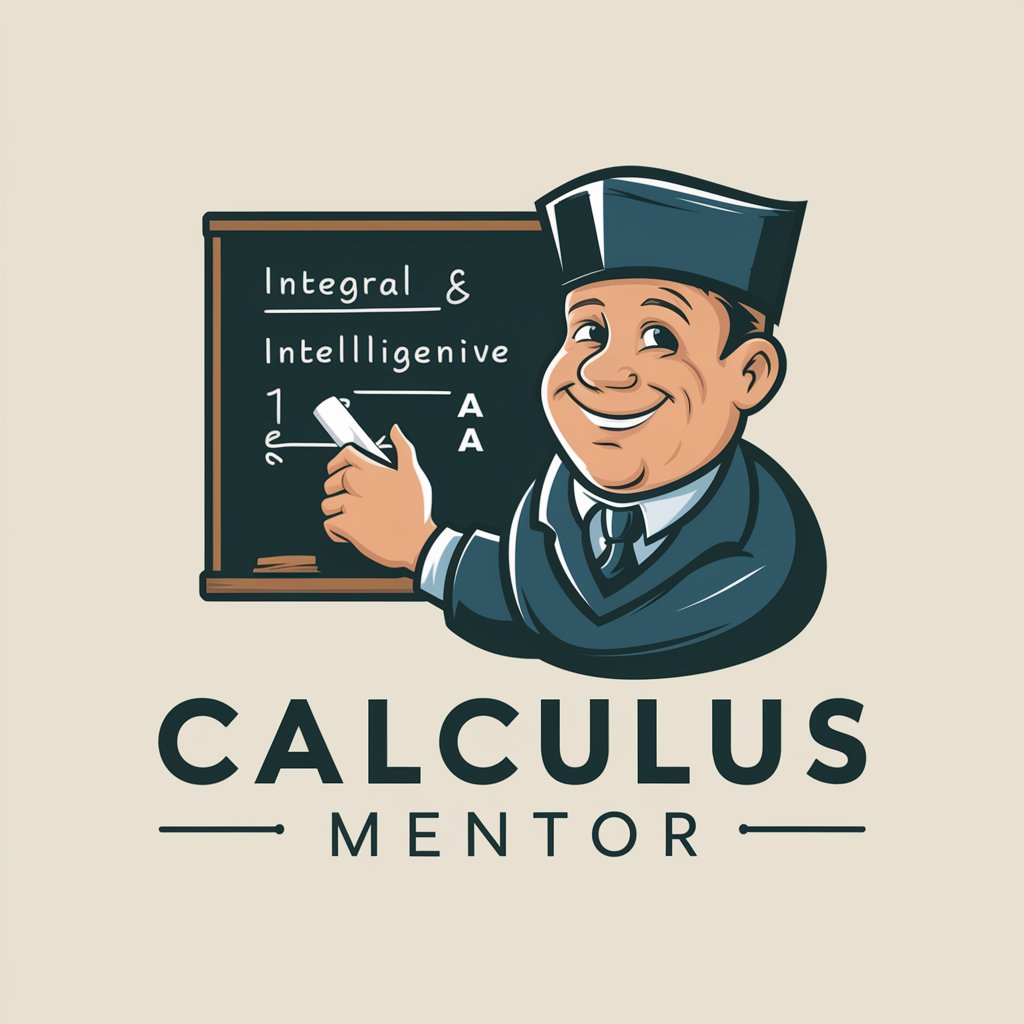
Recipe Generator
Innovate Your Meals with AI
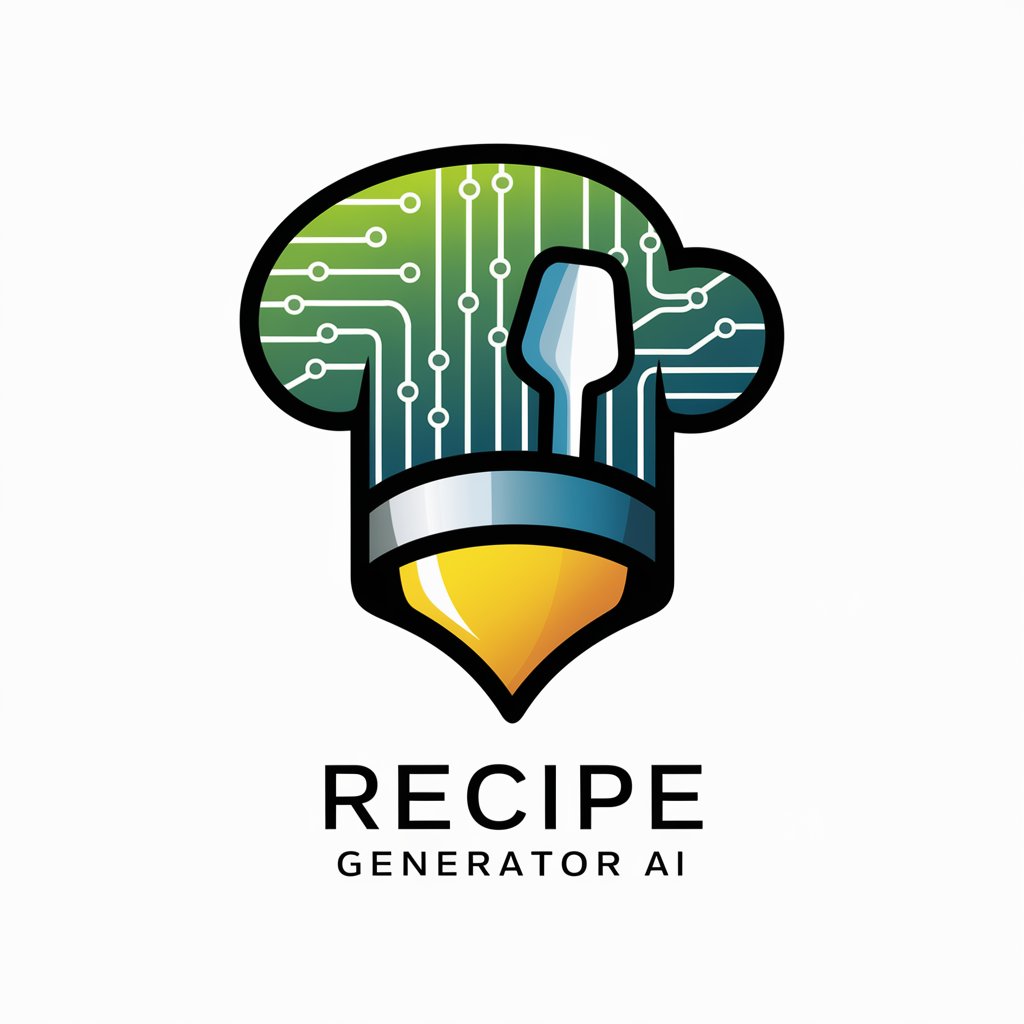
Workappily SkillQuest
Empower Your Career with AI-Driven Learning

Father👨👧👦🥰
Empathy-driven, AI-powered family support
3D printer
Unleash Creativity with AI-powered 3D Printing

Canadian tutor
Master Canadian Languages with AI

cooking assistant
Discover Recipes with AI Creativity
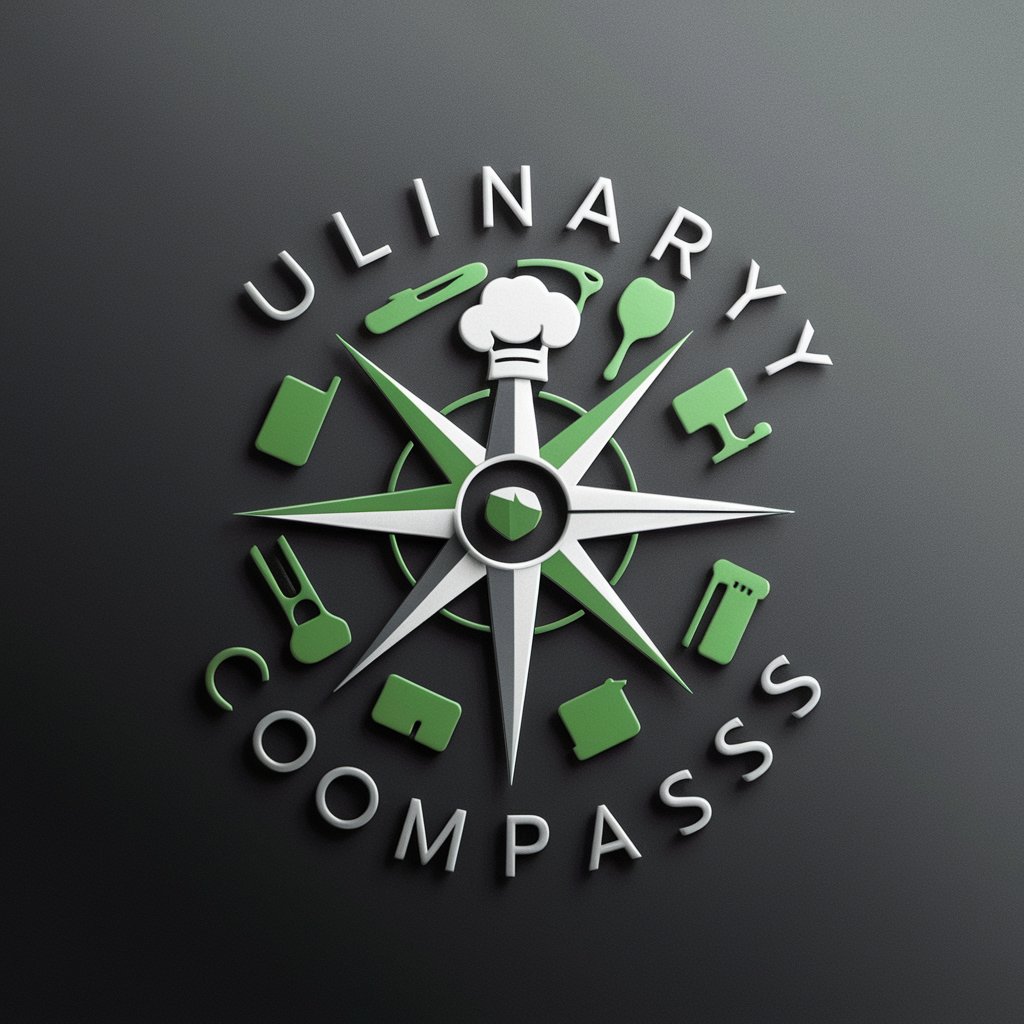
Tattoo Stencil Designer
Crafting Your Vision into Tattoo Stencils

Quest Scribe
Craft Your Adventure with AI
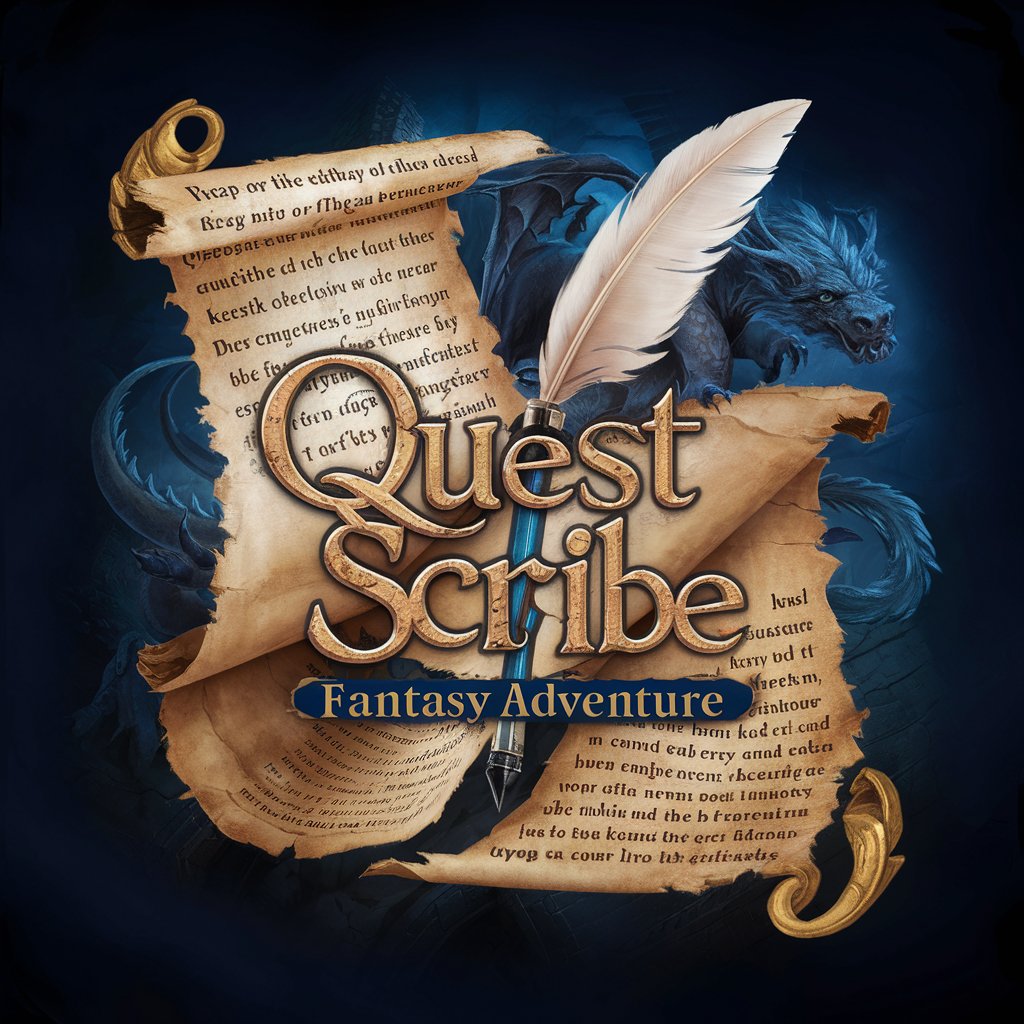
Tech Tower Guide - www.TechTower.in
Empowering technology and management with AI

Harry Potter
Crafting New Wizarding Worlds with AI

GPTalkshow
Engage, laugh, and learn with AI.

Frequently Asked Questions about ISO, IEC, JTC1 Directives GPT
What types of queries can ISO, IEC, JTC1 Directives GPT handle?
The GPT specializes in answering queries related to the directives, guidelines, and procedures of ISO, IEC, and JTC1 standardization bodies.
Can this tool assist with drafting ISO standard documents?
Yes, it provides guidance on the structure, language, and formatting in line with ISO’s editorial guidelines.
Is this tool suitable for beginners in standardization?
Absolutely, it simplifies complex regulatory content, making it accessible for beginners while still being comprehensive.
How does the GPT ensure the accuracy of its responses?
It bases its responses on the latest versions of the directives and employs a thorough verification process for accuracy.
Can the GPT help with understanding the specific clauses of the directives?
Yes, it can provide detailed explanations of specific clauses and sub-clauses, including context and examples for better understanding.
